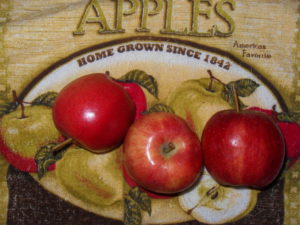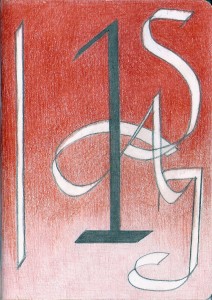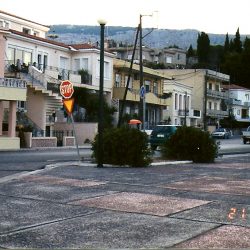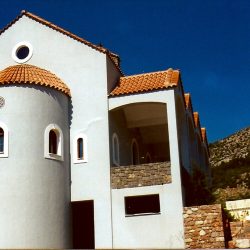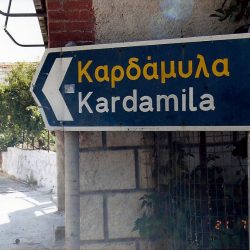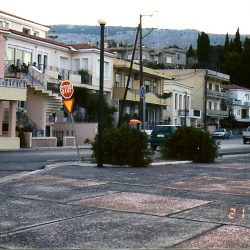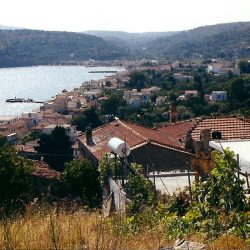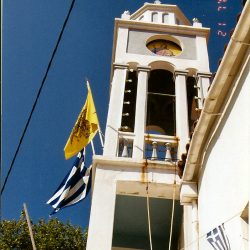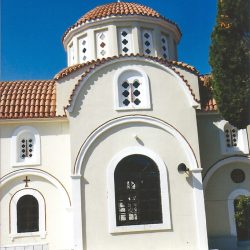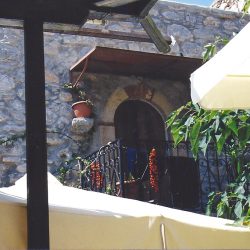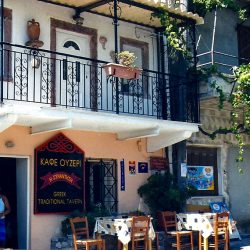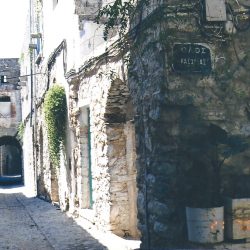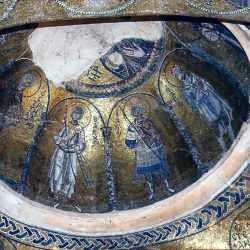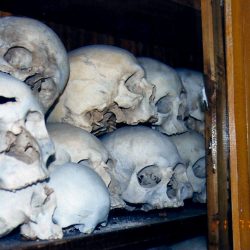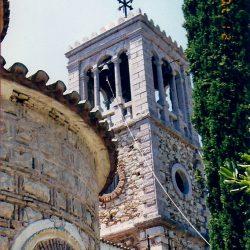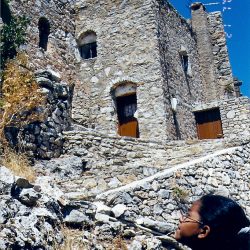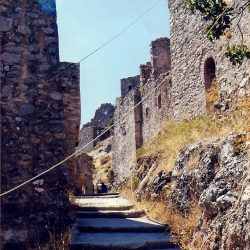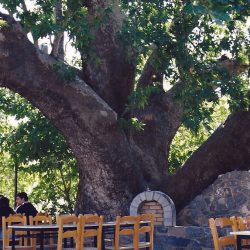Just Loved Reading:
Amina’s Voice
Middle Grade/Fiction
Khan, Hena. Amina’s Voice. New York: Simon and Schuster, 2017.
Amina Khokar is a Pakistani-American immigrant who, with her brother and parents lives in Milwaukee, Wisconsin. Her best friend, Soojin, is an immigrant from South Korea and is about to become an American citizen. When Soojin becomes friendly with their once-sworn enemy, Emily, and announces that she is changing her Korean name to something American, Amina feels her life is about to be upended. To make things even more stressful, her parents have signed Amina and her brother to the state-wide Quran competition. Amina freezes in front of audiences, refusing to use her beautiful singing much less her imperfect Arabic.
On top of everything that is happening, her strict great-uncle is coming for a long visit and is all too willing to help her perfect her Arabic for the competition. Only when the Islamic Center is vandalized, does Amina realize she is not alone, but has the support of loving friends and family.
WHY I LOVED READING THIS BOOK:
The author weaves the cultural and religious traditions of Amina and her family within the larger American society that the live in. Amina is no different than any other middle school student in her town but all of a sudden, she has to face hatred and destruction of the Islamic center. Her quiet world is no longer. It’s only when her friends support her does she realize where she really belongs.
Amina and her family and friends lived in Minneapolis,Minnesota. To learn more about Minneapolis, click on the following links:
http://www.minneapolis.org/
https://www.lonelyplanet.com/usa/great-lakes/minneapolis
Amina and her family are part of Minneapolis’ large diverse Muslim community:
http://iccmn.us/v2/













